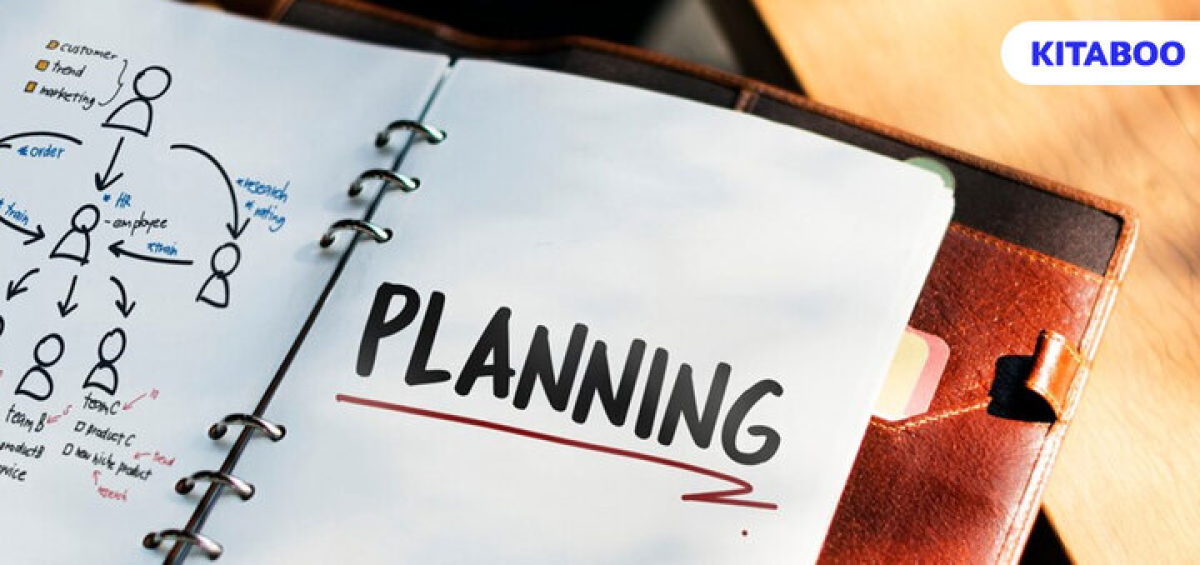At the heart of effective teaching lies a meticulous and strategic process known as instructional planning. It initiates with a series of inquiries –
- Which sections of the provided course content require heightened emphasis?
- What teaching methods are instrumental in attaining the desired results?
- How should instructions be strategically devised to meet the goals within a specified timeframe?
Responses to these questions guide the teachers’ transition from broad curriculum outlines to the everyday activities of the classroom.
In the planning process, the teacher organizes subject matter under headings and subheadings, crafting a roadmap for knowledge acquisition. Selections of appropriate teaching methods and instructional media further refine this educational blueprint.
In this article, we delve into the pivotal role instructional plans play in elevating the learning experience. Before we explore the principles of instructional planning, let’s understand what it is first.
Table of Contents:
I. What is Instructional Planning?
II. Foundations of Effective Instructional Planning
III. Crafting Engaging Instructional Plans
IV. Assessment Integration for Progress Monitoring
V. Cultivating a Positive Learning Environment
VI. Continual Reflection and Professional Growth
VII. Wrapping Up!
What is Instructional Planning?
Instructional planning is a teacher’s strategic approach to shaping what students learn and how they learn it. High-quality planning encompasses specific learning objectives, both short and long-term goals, and provisions for individualized support.
Methods, whether individual or group activities, are selected to facilitate goal attainment, backed by research and data demonstrating their efficacy. Assessment strategies monitor individual performance. Material requirements, both primary and supplementary, are specified.
To achieve high-quality planning, teachers employ differentiated instruction, adjusting content, process, or environment to cater to diverse student needs.
This includes tailoring lessons for various learners and those with Individualized Education Programs (IEPs), ensuring an inclusive and effective learning experience.
Here’s when digital textbook platforms like KITABOO come in handy. Through its built-in analytics tools, KITABOO Insight enables you to monitor courseware delivery and consumption. This helps you personalize and tailor the content depending on the reader’s progress and interest.
Foundations of Effective Instructional Planning
At the core of impactful instructional planning lies the strategic alignment of teaching methods with predefined objectives. This foundational approach ensures a seamless synthesis between educational goals and the trajectory of classroom activities.
1. Strategic Alignment with Learning Objectives
A paramount aspect of instructional planning involves aligning your strategies with predefined learning objectives. By meticulously structuring your plan to mirror these objectives, you fortify the educational journey with clarity and purpose.
The alignment ensures that each facet of your instructional design converges toward the overarching goal of fostering comprehensive understanding.
2. Adaptability and Differentiation
Flexibility within instructional plans is a cornerstone of effective teaching. Your plans must accommodate the diverse learning styles and aptitudes of your students.
Integrate differentiated strategies that cater to various modalities, ensuring inclusivity and equitable learning opportunities for every learner.
Crafting Engaging Instructional Plans
Unleash the power of engagement by infusing instructional plans with innovative approaches. From dynamic, active learning techniques to the strategic integration of technology, craft plans that captivate students.
This fosters a vibrant and participatory educational journey, enhancing the overall learning experience.
1. Incorporate Active Learning Techniques
Engage your students through pedagogical approaches that promote active participation. Techniques such as group discussions, problem-solving exercises, and hands-on activities infuse dynamism into your instructional plans.
This not only sustains interest but also facilitates deeper comprehension as students become active contributors to the learning process.
2. Utilize Technology as a Pedagogical Tool
In the contemporary educational landscape, technology stands as a potent ally. Infuse your instructional plans with technological tools that amplify the learning experience.
Virtual simulations, online resources, and collaborative platforms enrich the educational journey, fostering a technologically adept and resourceful student body.
For instance, consider the incorporation of multimedia content, such as images, audio data, and video, into instructional plans. Explore advanced technologies like augmented reality, as exemplified by KITABOO, to provide an immersive user experience.
Assessment Integration for Progress Monitoring
Within the educational landscape, the seamless integration of assessments becomes a compass guiding educators through the ever-changing terrain of student progress.
This incorporation not only tracks individual progress but also nurtures a dynamic setting fostering perpetual academic advancement.
1. Formative Assessment Strategies
Integrate formative assessments seamlessly into your instructional plans. These assessments provide real-time insights into student comprehension, allowing for timely adjustments to your teaching strategies.
Formative assessments, whether through quizzes, discussions, or projects, serve as diagnostic tools. They pave the way for targeted instructional modifications.
2. Feedback Loops for Continuous Improvement
Establish a robust feedback loop within your instructional plans. Regularly collect and analyze feedback from both formative assessments and student interactions.
This iterative process aids in gauging the effectiveness of your teaching methods. It also fosters a culture of continuous improvement, benefitting both you and your students.
Cultivating a Positive Learning Environment
The art of teaching surpasses the mere dissemination of information to the creation of an environment where positivity thrives.
Cultivate an inclusive atmosphere, nurturing engagement, and creating a positive backdrop conducive to effective learning.
1. Build Rapport and Establish Expectations
An effective instructional plan extends beyond content delivery; it encompasses the creation of a positive and inclusive learning environment.
Foster positive teacher-student relationships by establishing clear expectations and a supportive atmosphere. A classroom grounded in respect and trust lays the foundation for enhanced engagement and receptivity to learning.
2. Embed Social-Emotional Learning (SEL)
Recognize the integral role of social-emotional learning in the educational process. Infuse your instructional plans with activities that promote self-awareness, empathy, and interpersonal skills.
A socially and emotionally intelligent classroom not only enhances the overall learning experience but equips students with crucial life skills.
Continual Reflection and Professional Growth
In the pedagogical journey, the path to excellence is paved through continual reflection and an unwavering commitment to professional development.
Embrace the power of reflection within instructional planning, harnessing it as a driving force for continuous professional growth.
1. Reflective Practice for Pedagogical Enhancement
In the realm of education, self-reflection is a potent catalyst for professional growth. Embed reflective practices within your instructional plans, encouraging regular contemplation on your teaching strategies, successes, and areas for improvement.
This introspective approach positions you as a lifelong learner, continuously refining your instructional prowess.
2. Professional Development Integration
Actively seek opportunities for professional development and integrate newfound insights into your instructional plans. Attend workshops, engage in collaborative learning communities, and stay abreast of educational research.
By incorporating evolving best practices into your plans, you ensure that your teaching methodologies remain dynamic and responsive to the ever-evolving educational landscape.
Wrapping Up!
In the tapestry of education, instructional plans are the threads that weave a narrative of enriched teaching and empowered learning.
As an educator, the formulation and execution of instructional plans transcend the mere dissemination of information. Your pedagogical prowess lies in the adept crafting of these plans.
At KITABOO, our commitment is to empower educators with the tools essential for elevating their lesson planning. Explore how our educational technology can revolutionize your approach to instructional planning.
Let’s come together to adopt the principles of effective teaching and amplify student engagement. Partner with us to develop educational experiences that spark students’ enthusiasm for learning, charting a course for their future accomplishments.
To know more, write to us at KITABOO@hurix.com.
Discover How An Ebook Conversion, Publishing & Distribution Platform Can Help You
Kitaboo is a cloud-based content platform to create-publish & securely distribute interactive mobile-ready ebooks.
You May Also Like
-
9 Online Publishing Tools You Can Use Right Away
Blog,Digital Publishing,eBook solution / February 27, 2024






